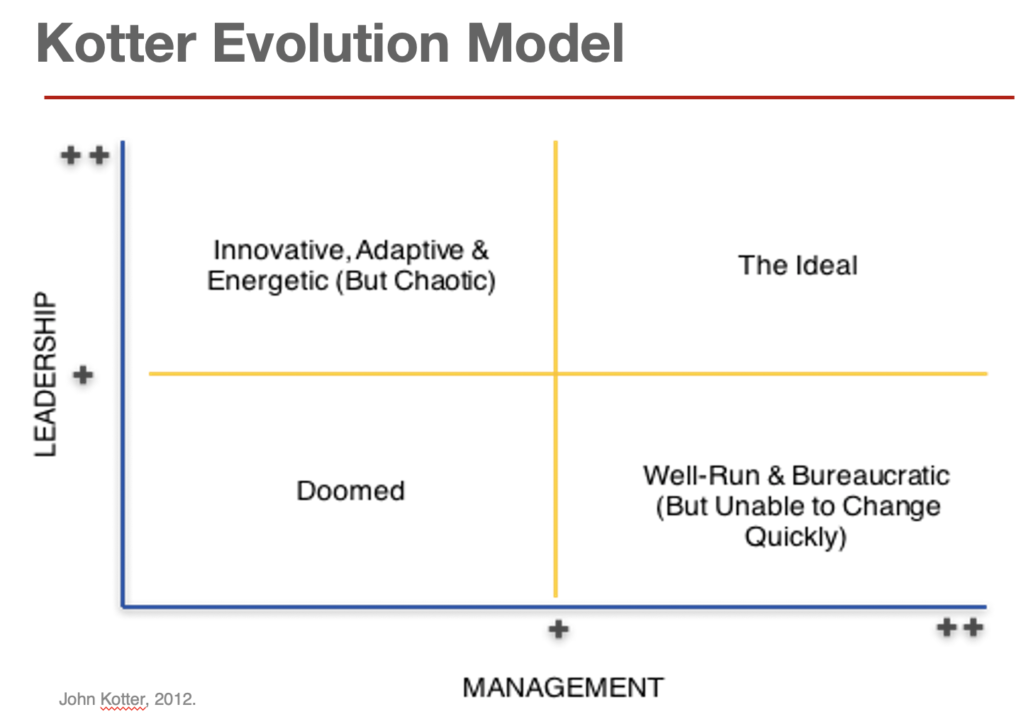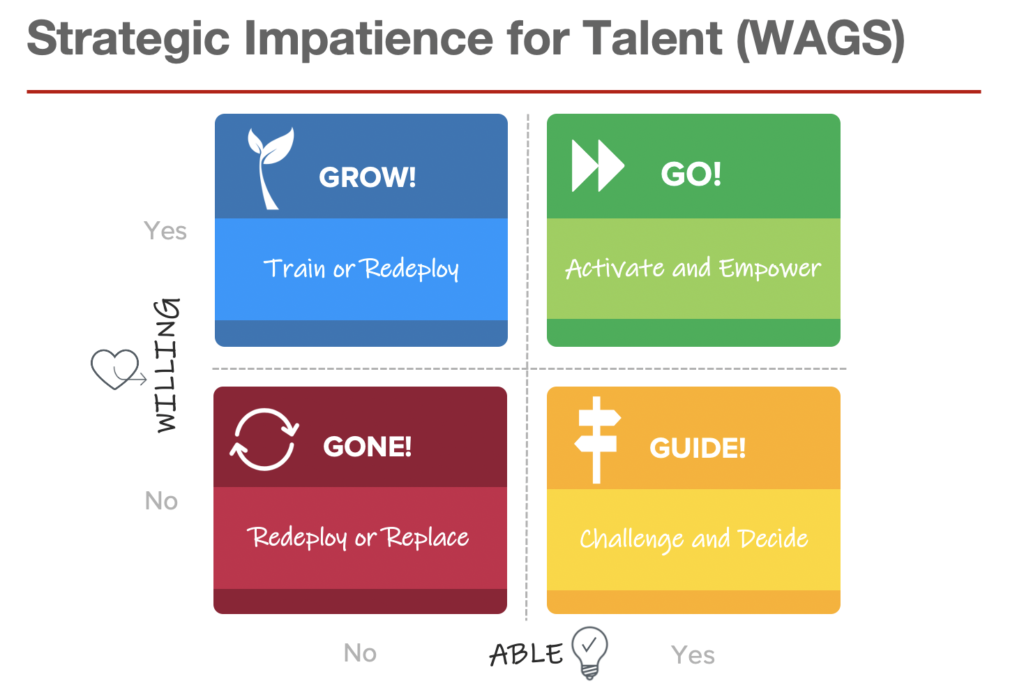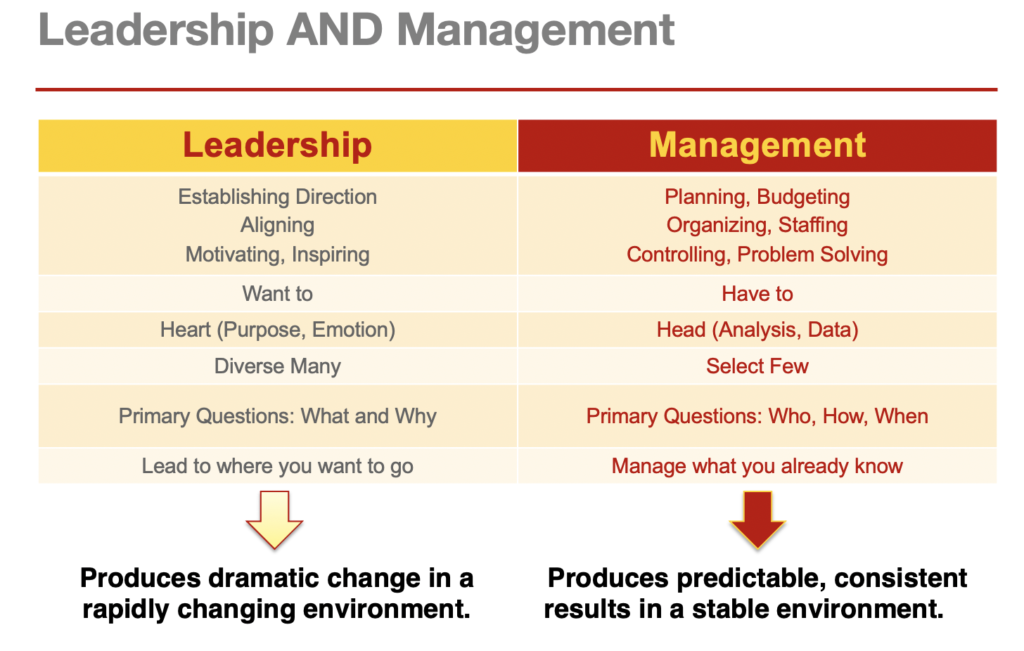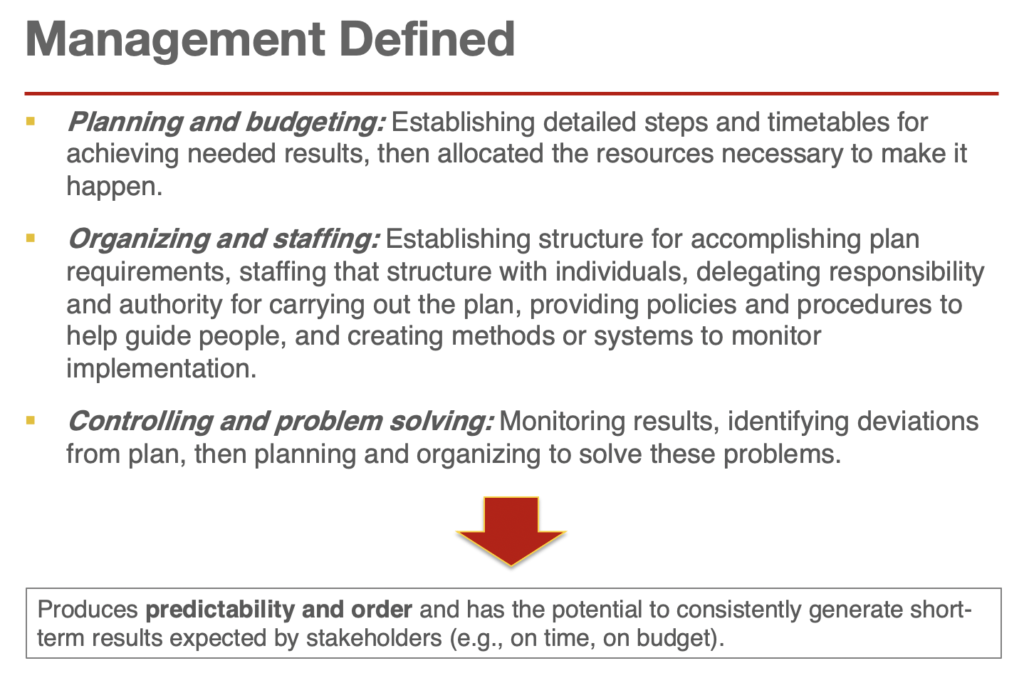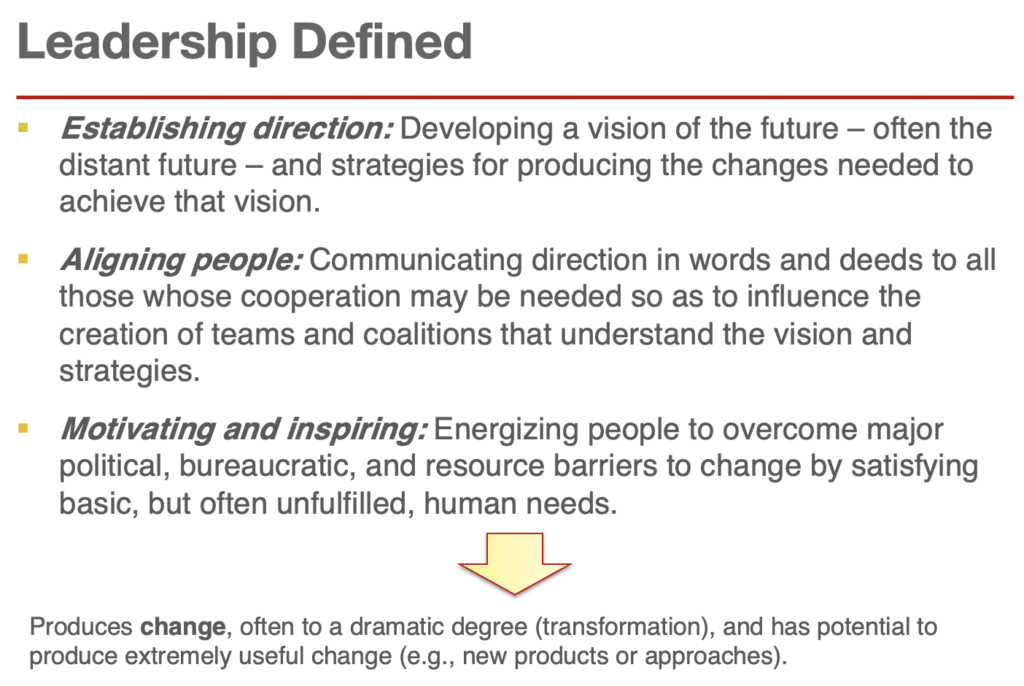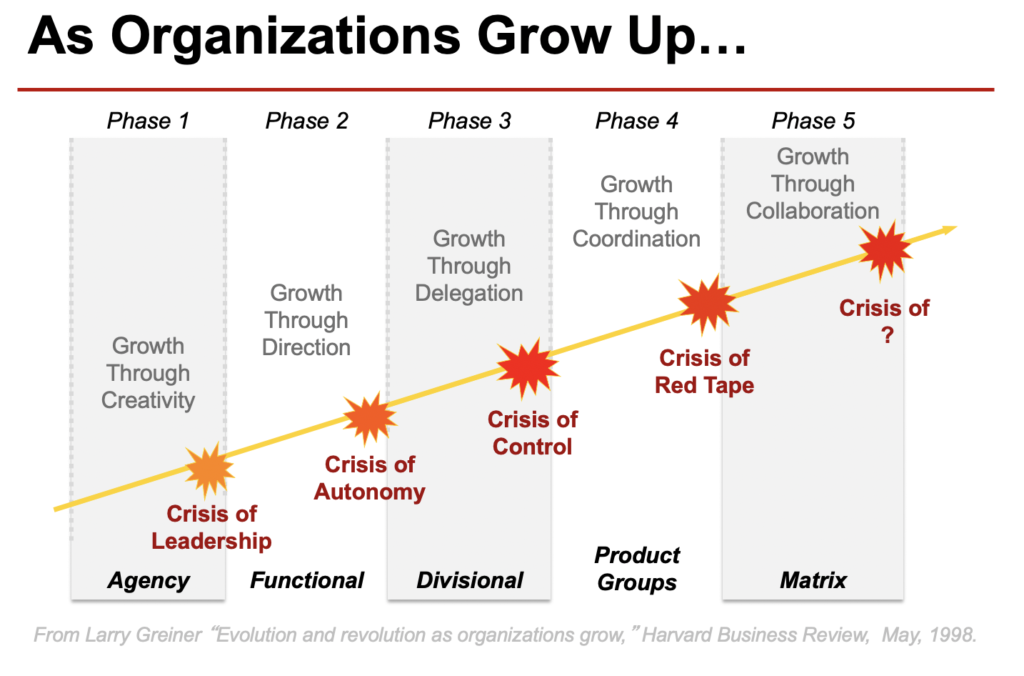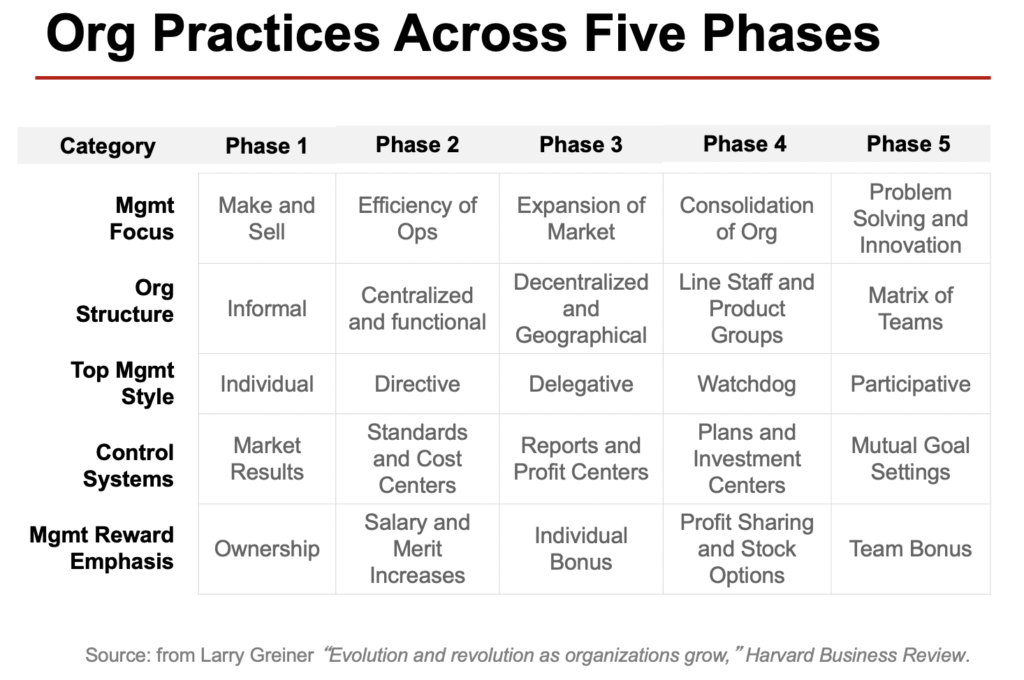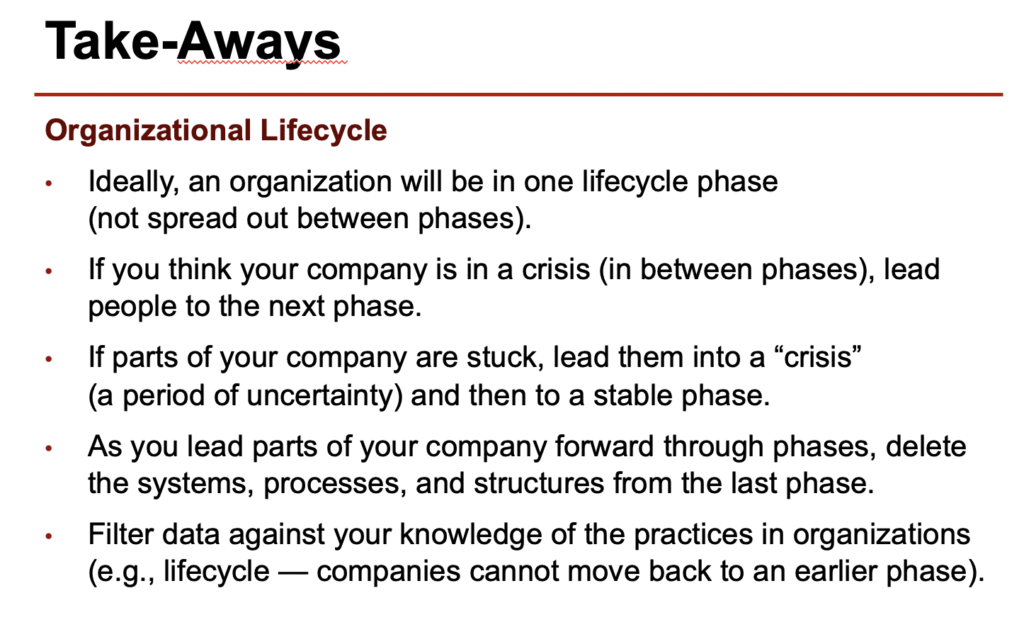Adopt a “fixed volume” approach to productivity.
keep two to-do lists. one ‘open’ and one ‘closed’. The open list is for everything that’s on your plate and will doubtless be nightmarishly long. Fortunately, it’s not your job to tackle it: instead, feed tasks from the open list ot the closed one – that is, a list with a fixed number of entries, ten at most. The rule is that you can’t add a new task until one’s completed.
Serialize, serialize, serialize.
Focus on one big project at a time, and see it to completion before moving on to what’s next. It’s alluring to try to alleviate the anxiety of having too many responsibilities or ambitions by getting started on them all at once, but you’ll make little progress that way.
Decide in advance what to fail at.
You’ll inevitably end up underachieving at something, simply because your time and energy are finite. But the great benefit of strategic underachievement – that is, nominating in advance whole areas of life in which you won’t expect excellence of yourself – is that you focus that time and energy more effectively.
Focus on what you’ve already completed, not just on what’s left to complete.
Keep a “done list”, which starts empty first thing in the morning, and which you then gradually fill with whatever you accomplish through the day. Each entry is another cheering reminder that you could, after all, have spent the day doing nothing remotely constructive – and look what you did instead!
Consolidate your caring.
Consciously pick your battles in charity, activism, and politics, with the understanding that to make a difference, you must focus your finite capacity for care.
Embrace boring and single-purpose technology.
Choose devices with only one purpose, such as the Kindle e-reader, on which it’s tedious and awkward to do anything but read. Less distractions this way.
Seek out novelty in the mundane.
Pay more attention to every moment, however mundane: to find novelty not by doing radically different things but by plunging more deeply into the list you already have. Experience life with twice the usual intensity, and “your experience of life would be twice as full as it currently is” – and any period of life would be remembered as having lasted twice as long.
Be a “researcher” in relationships.
Try deliberately adopting an attitude of curiosity, in which your goal isn’t to achieve any particular outcome, or successfully explain your your position, but as Hobson puts it “to figure out who this human being is that we’re with”.
Cultivate instantaneous generosity.
Whenever a generous impulse arises in your mind – to give money, check in on a friend, send an email praising someone’s work – act on the impulse right away, rather than putting it off until later.
Practice Doing Nothing.
“Do nothing meditation”, for which the instructions are to simply set a timer, probably only for five or ten minutes at first; sit down in a chair; and then stop trying to do anything. Every time you notice you’re doing something – including thinking, or focusing on your breaching, or anything else – stop doing it. Keep on stopping until the timer goes off. “Nothing is harder to do than nothing”, writes Jenny Odell. But to get better at it is to begin to regain your autonomy – to stop being motivated by the attempt to evade how reality feels here and now, to calm down, and to make better choices with your brief allotment of life.
